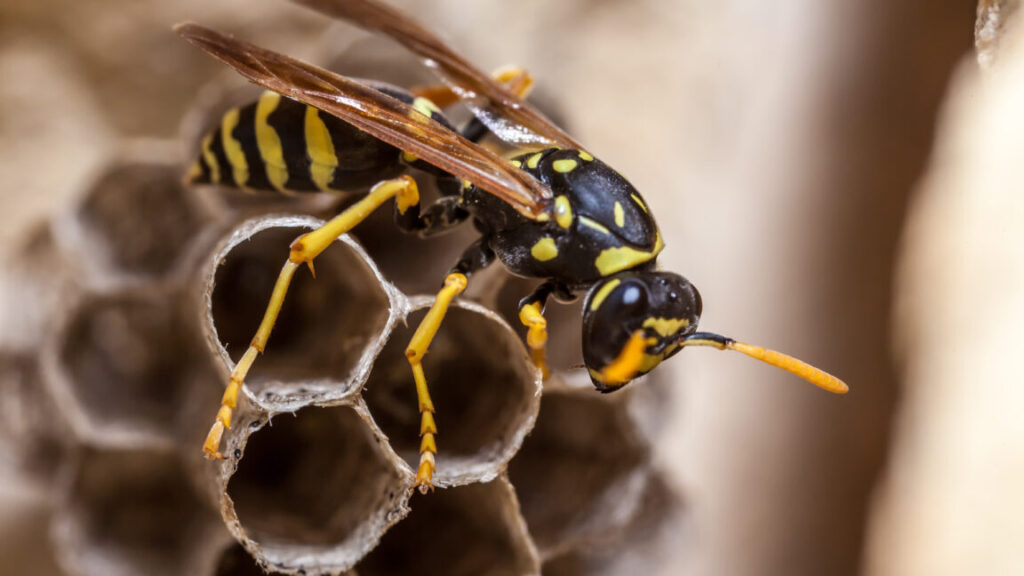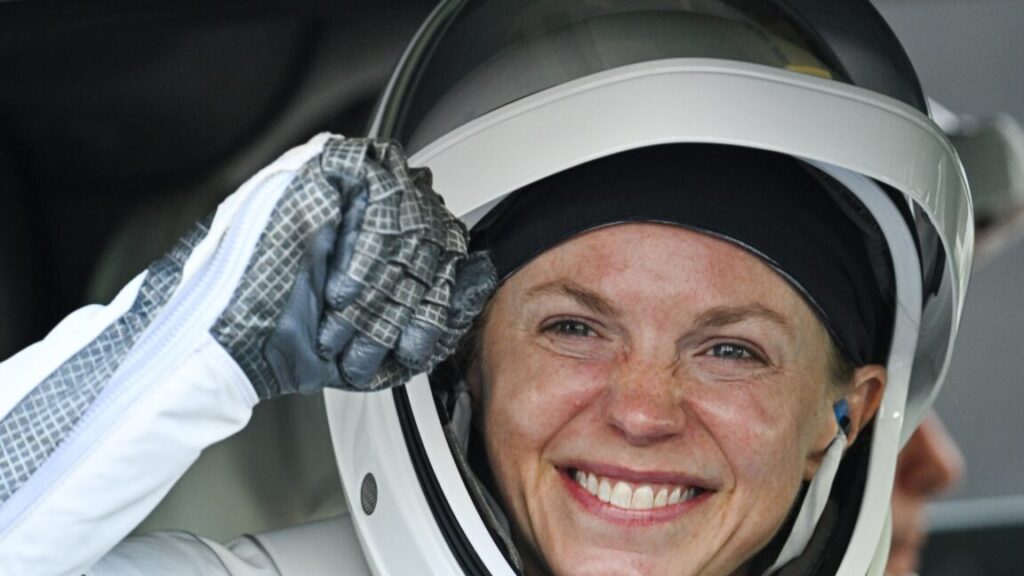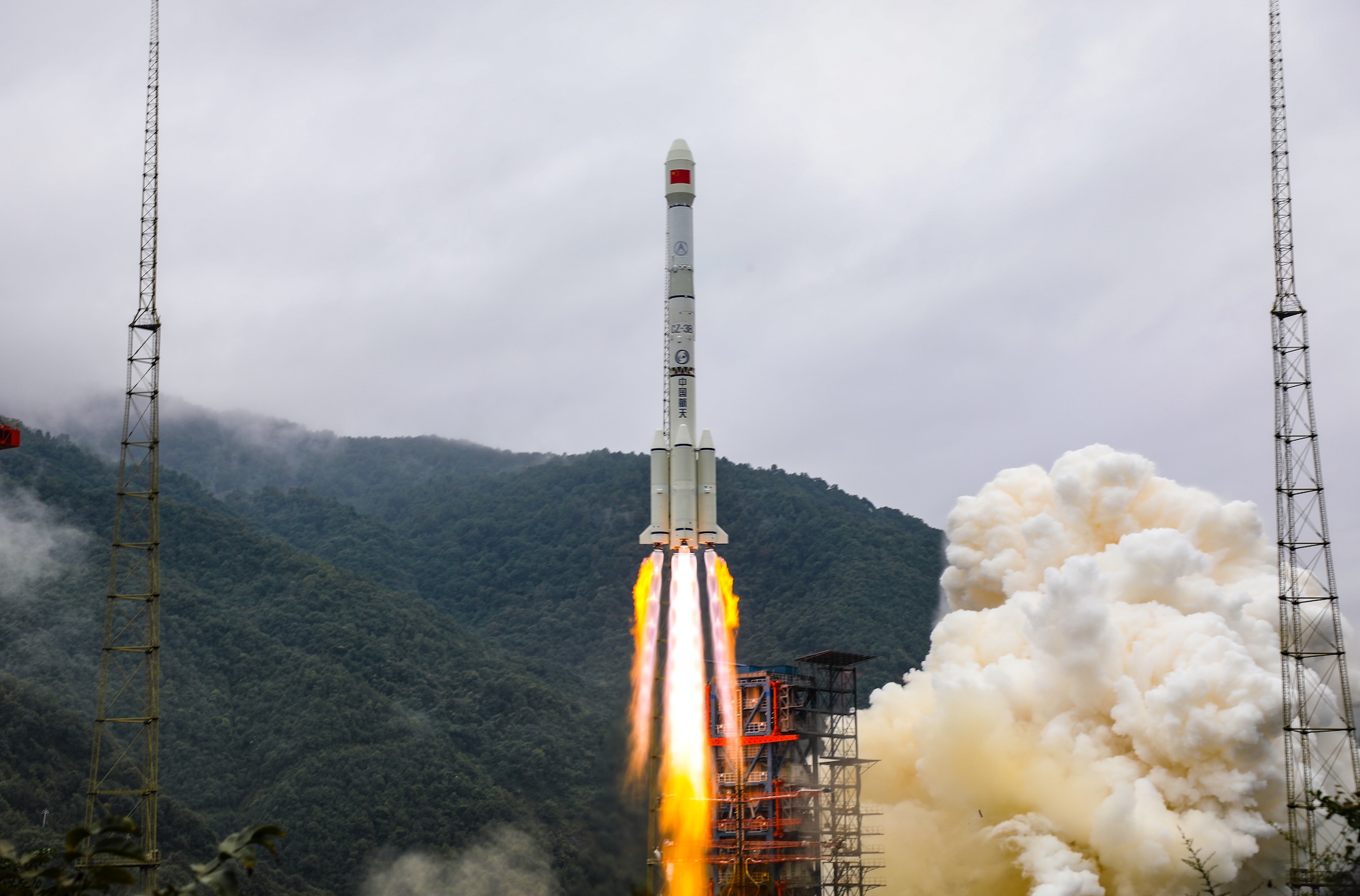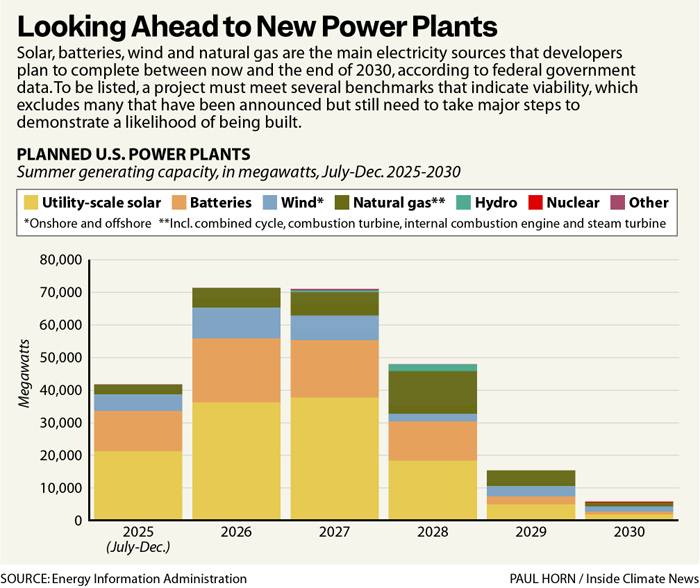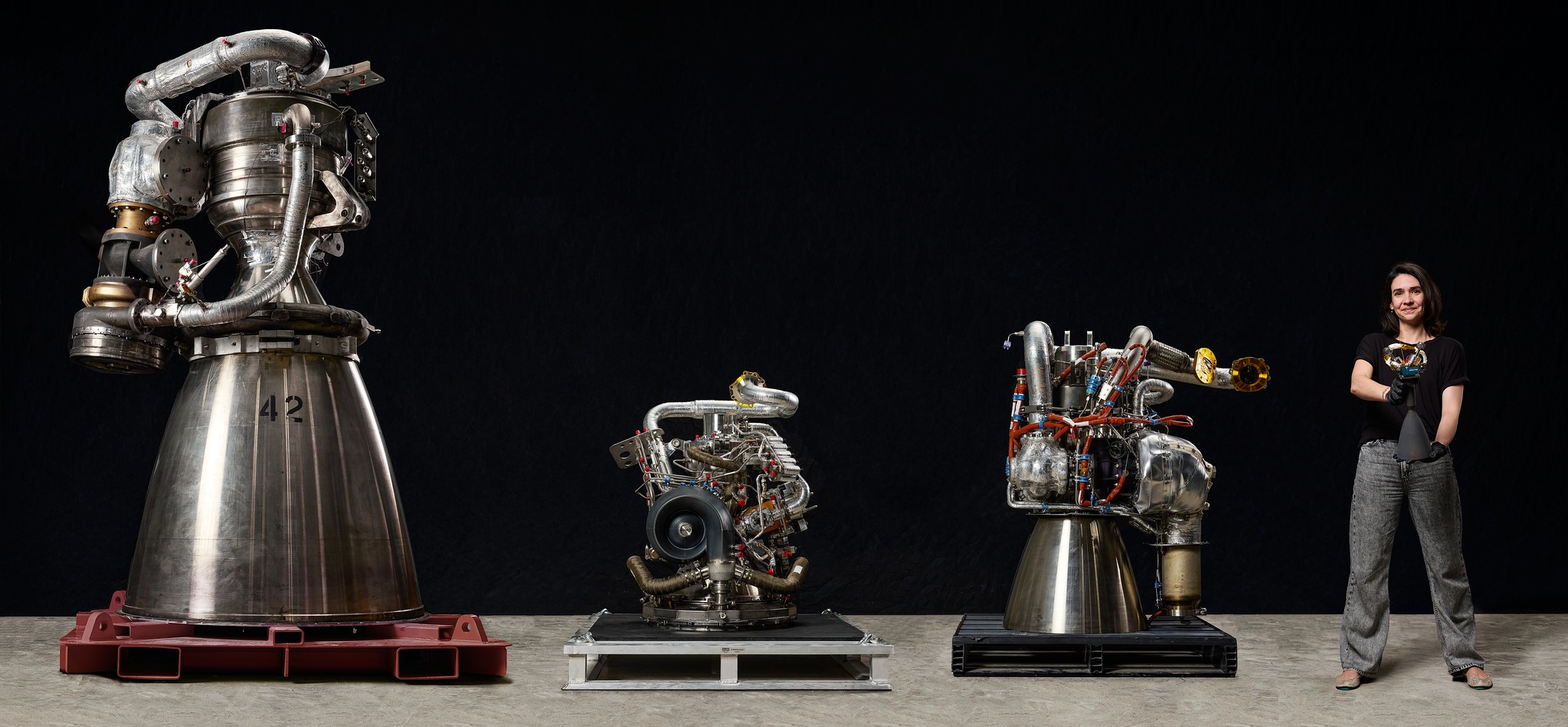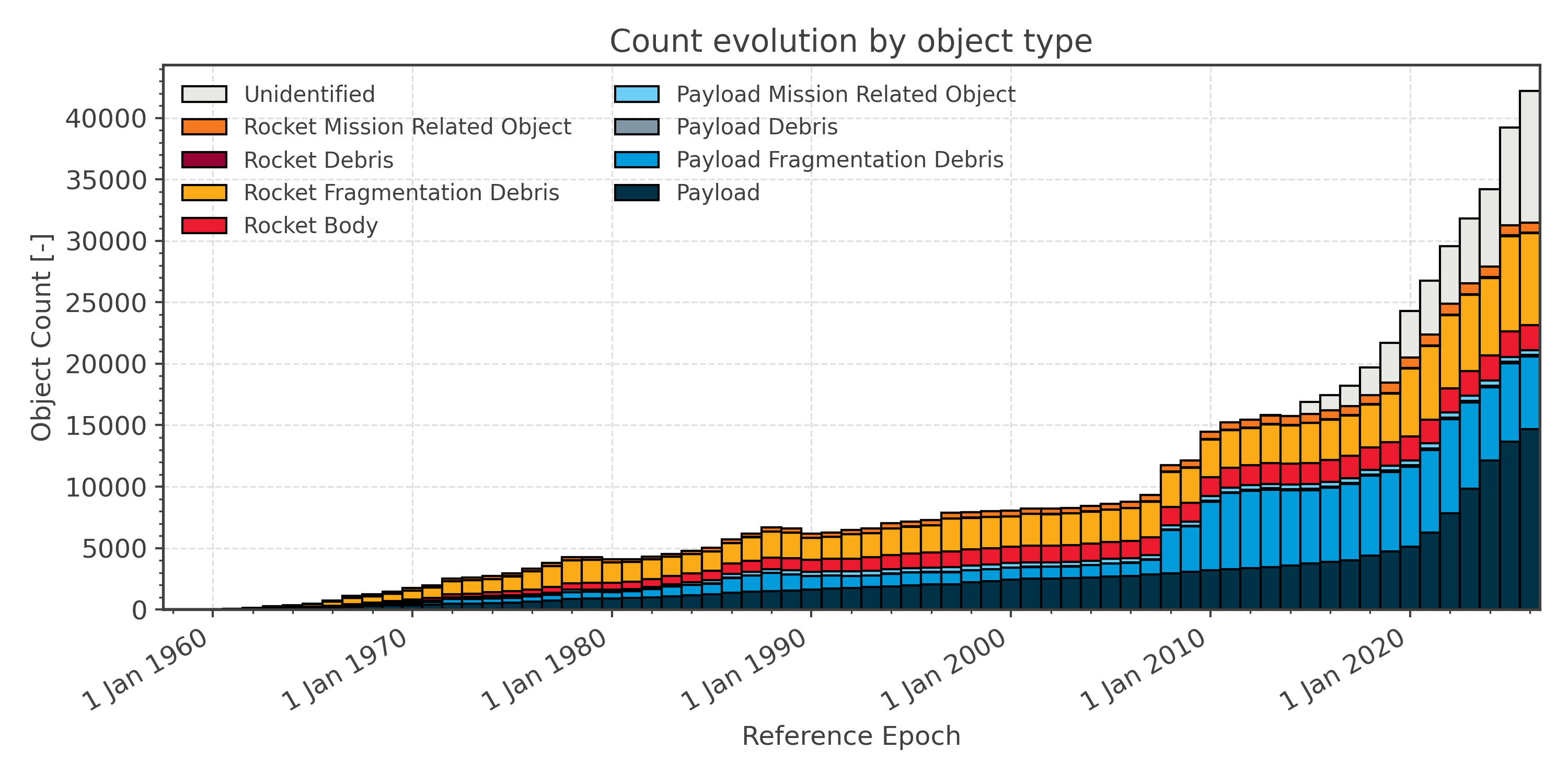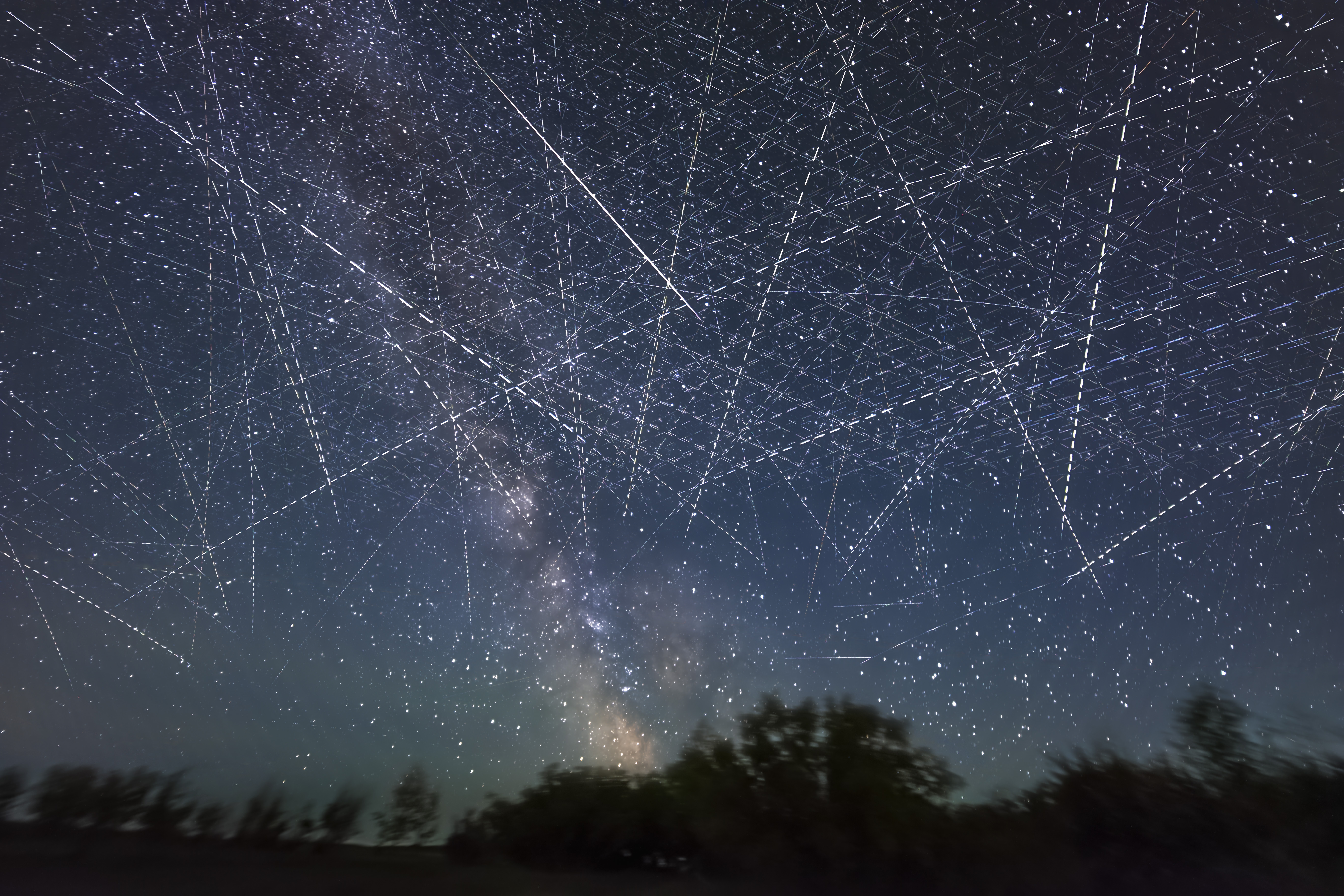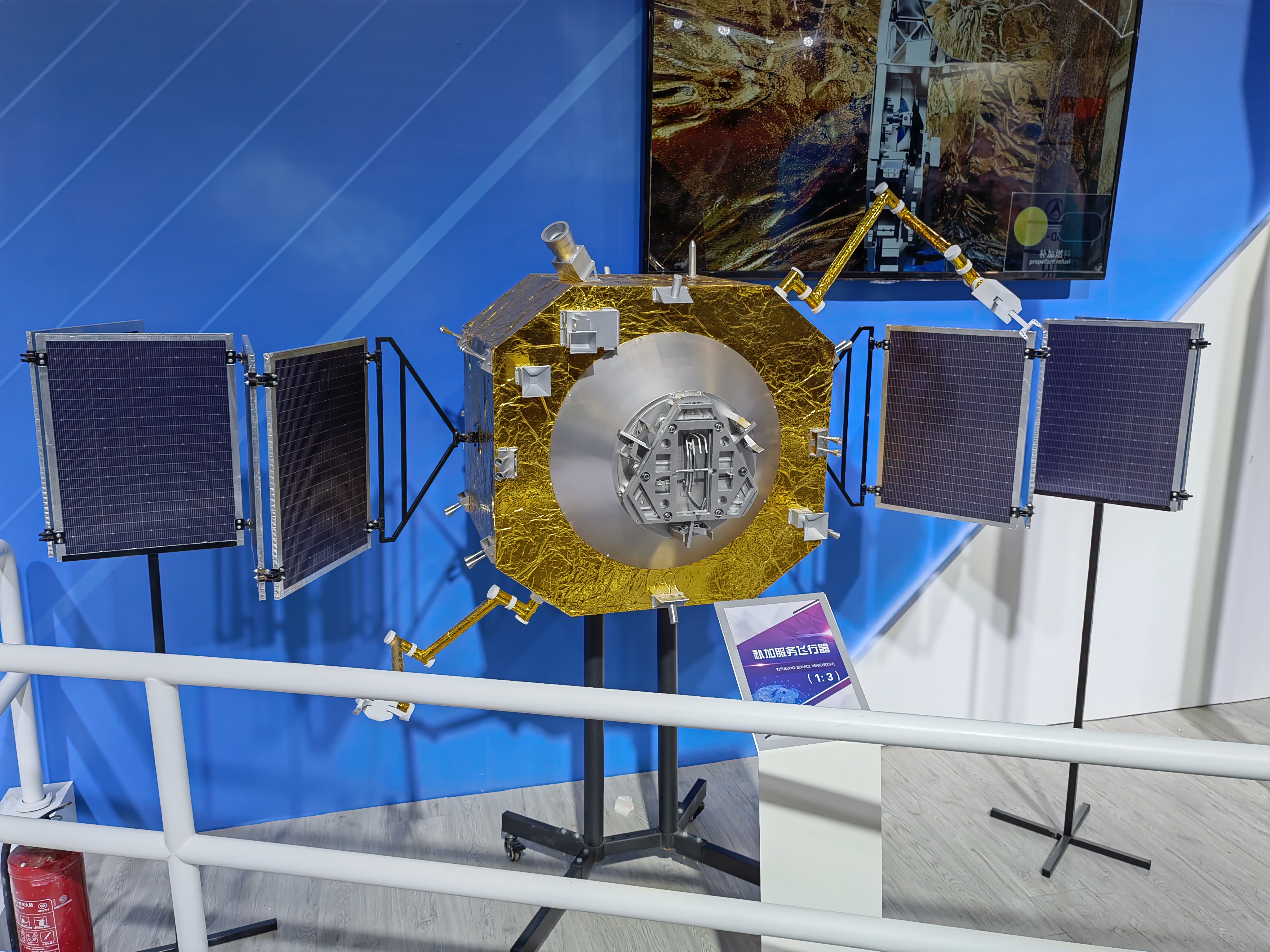Four radioactive wasp nests found on South Carolina nuclear facility
According to the DOE, the site produced 165 million gallons of radioactive liquid waste, which has been evaporated to 34 million gallons. The site has 51 waste tanks, eight of which have been operationally closed, with the remaining 43 in various states of the closure process.
Outside experts have been quick to point out critical information missing from the DOE’s nest report, including the absolute level of radioactivity found in the nest, the specific isotopes that were found, and the type of wasps that built the nest. Some wasps build their nests from mud, while others might use chewed-up pulp from wood.
Timothy Mousseau, a biologist at the University of South Carolina who studies organisms and ecosystems in radioactive regions, told the Times that the DOE’s explanation that the wasps gathered legacy contamination for their homes is not unreasonable. “There’s some legacy radioactive contamination sitting around in the mud in the bottom of the lakes, or, you know, here and there,” he said.
“The main concern relates to whether or not there are large areas of significant contamination that have escaped surveillance in the past,” Mousseau said. “Alternatively, this could indicate that there is some new or old radioactive contamination that is coming to the surface that was unexpected.”
The DOE report of the first wasp nest said that the nest was sprayed to kill wasps, then bagged as radioactive waste. The ground and area around where the nest had been did not have any further contamination.
In a statement to the Aiken Standard, officials working at the DOE site noted that the wasps themselves pose little risk to the community—they likely have lower contamination on them and generally don’t stray more than a few hundred yards from their nests.
However, the Times pointed out a report from 2017, when officials at SRS found radioactive bird droppings on the roof of a building at the site. Birds can carry radioactive material long distances, Mousseau said.
Four radioactive wasp nests found on South Carolina nuclear facility Read More »
